
Pyle's artwork was characterized by his exceptional skill at creating lifelike figures and vivid landscapes. He was a master of color and light, and his paintings often had a strong narrative quality that made them feel like scenes from a storybook. His illustrations were featured in many popular magazines and books of the time, such as Harper's Weekly and Scribner's Magazine, and helped to establish him as one of the most renowned illustrators of his day.
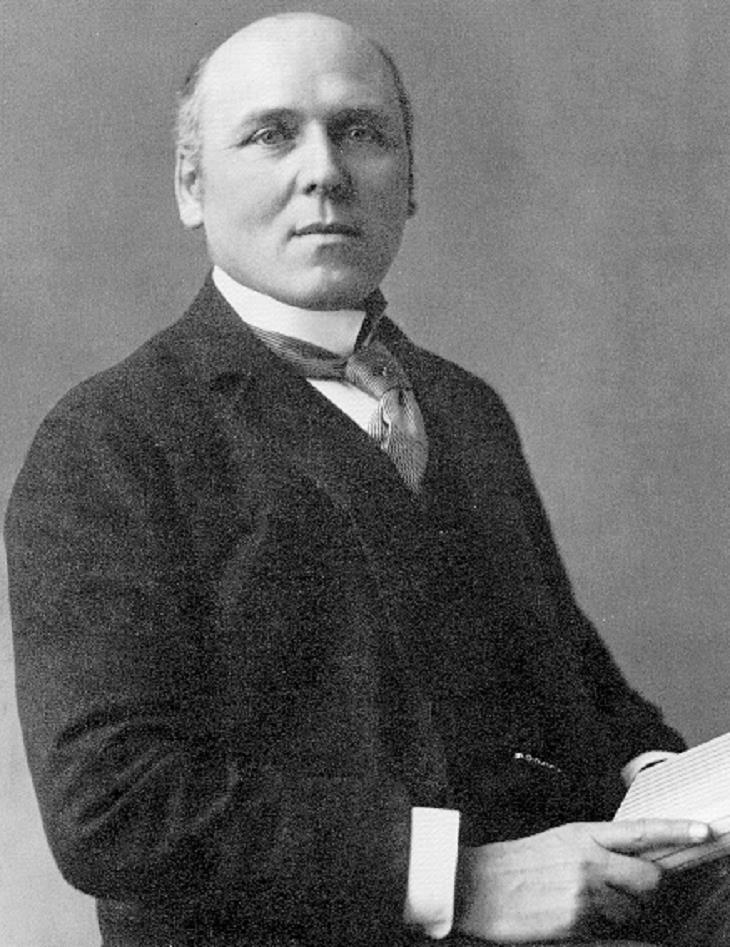
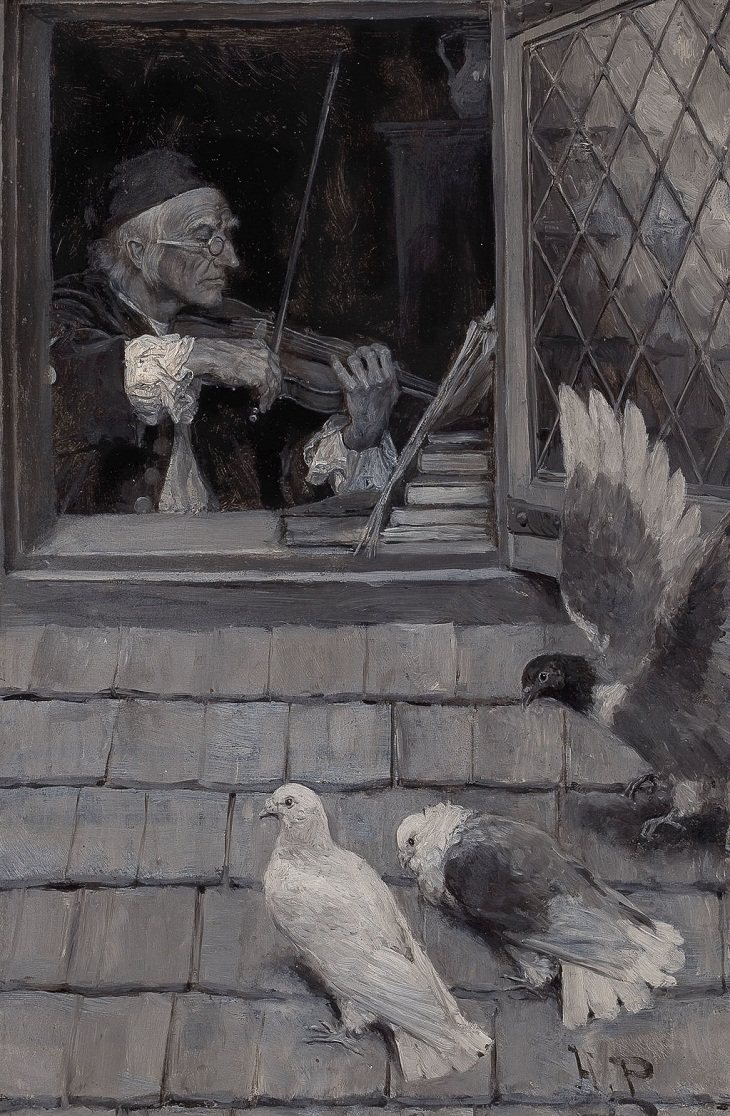
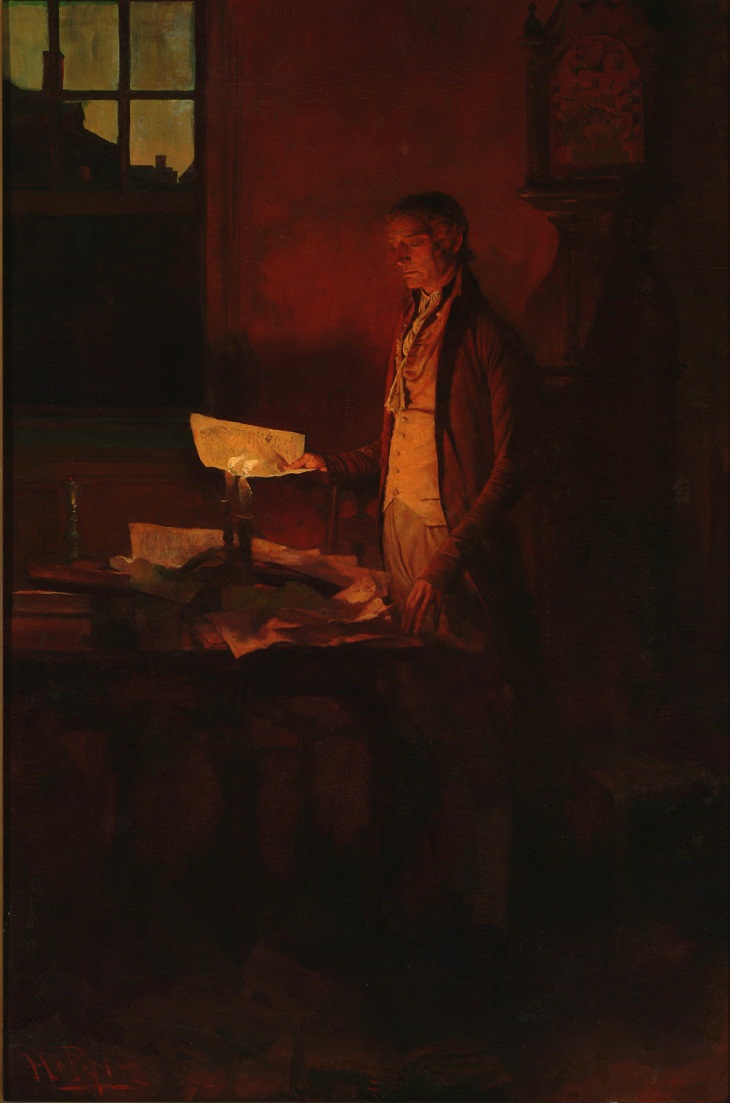
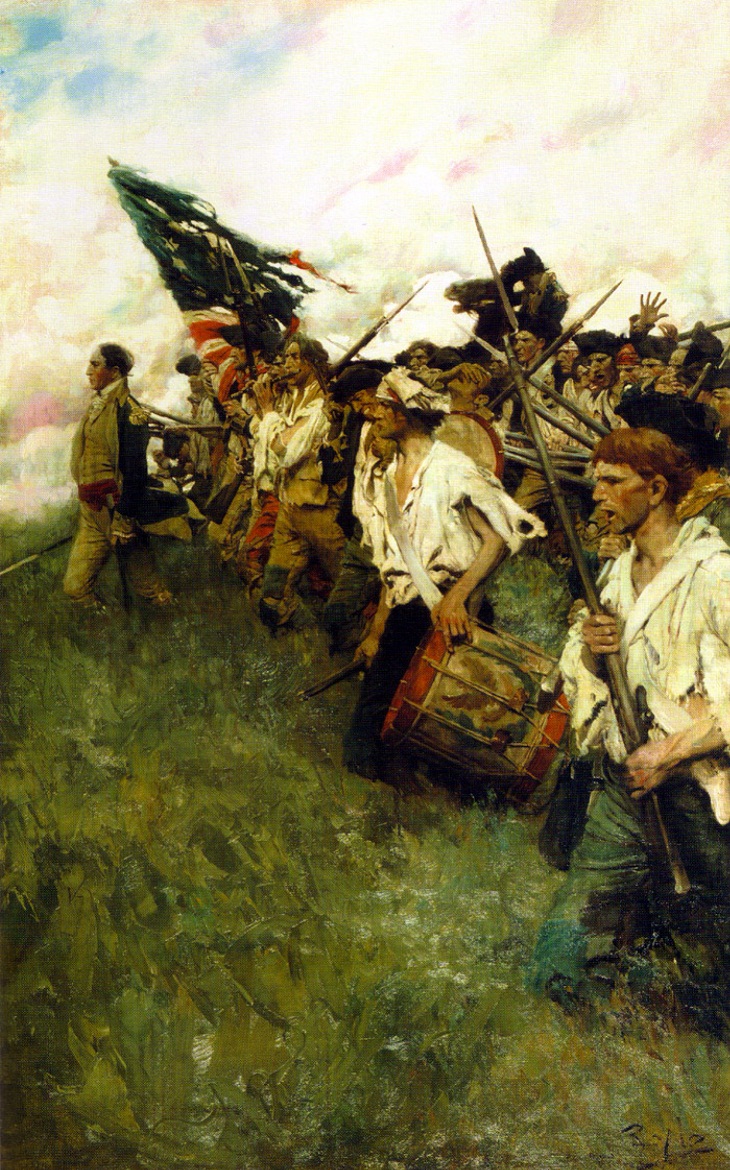
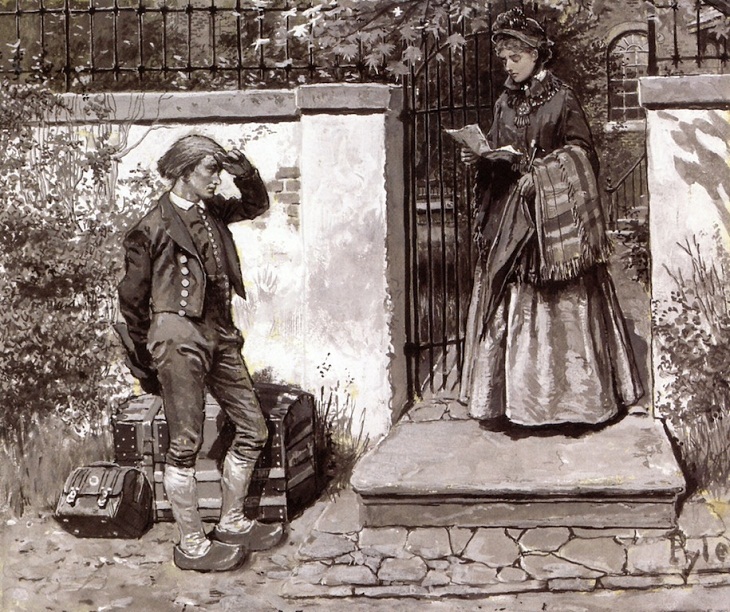
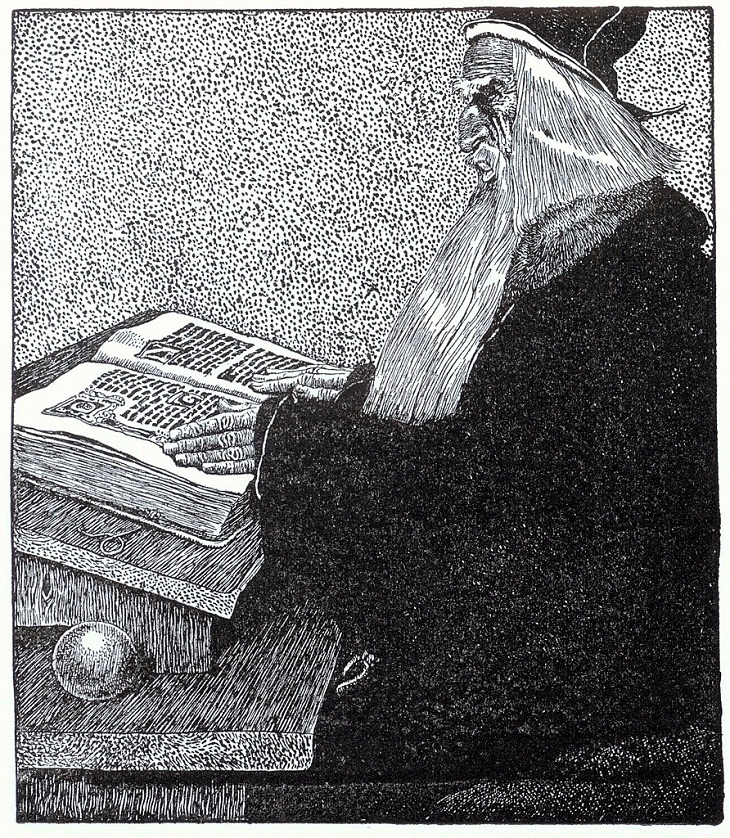
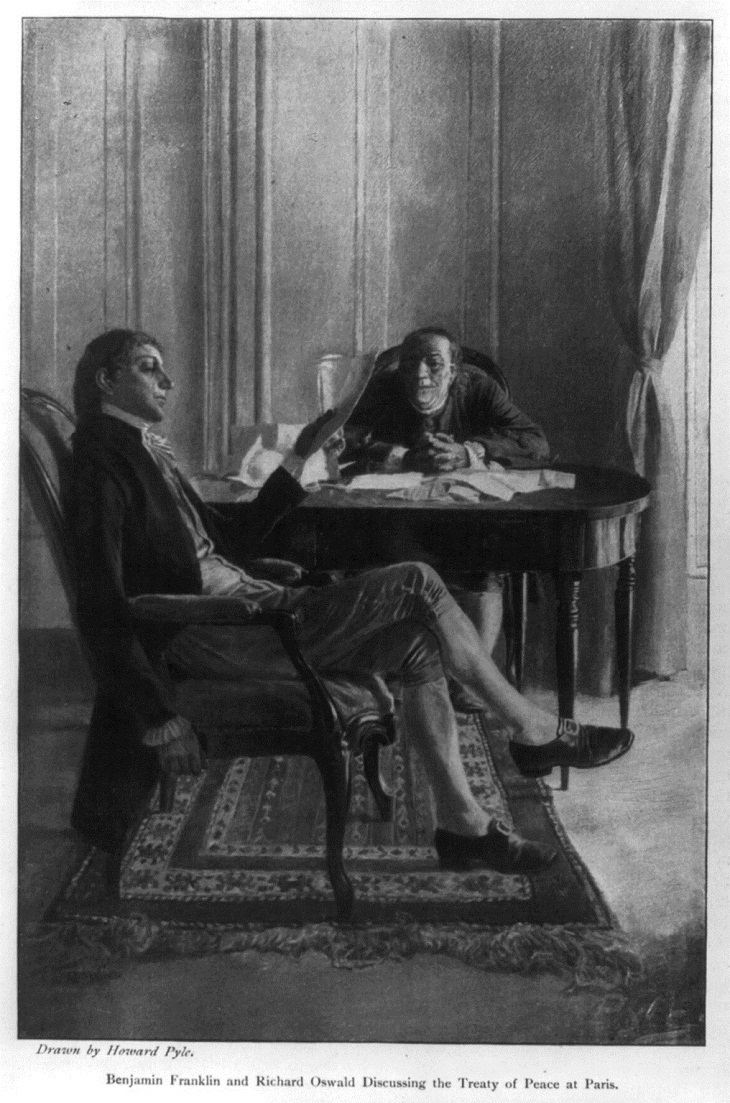
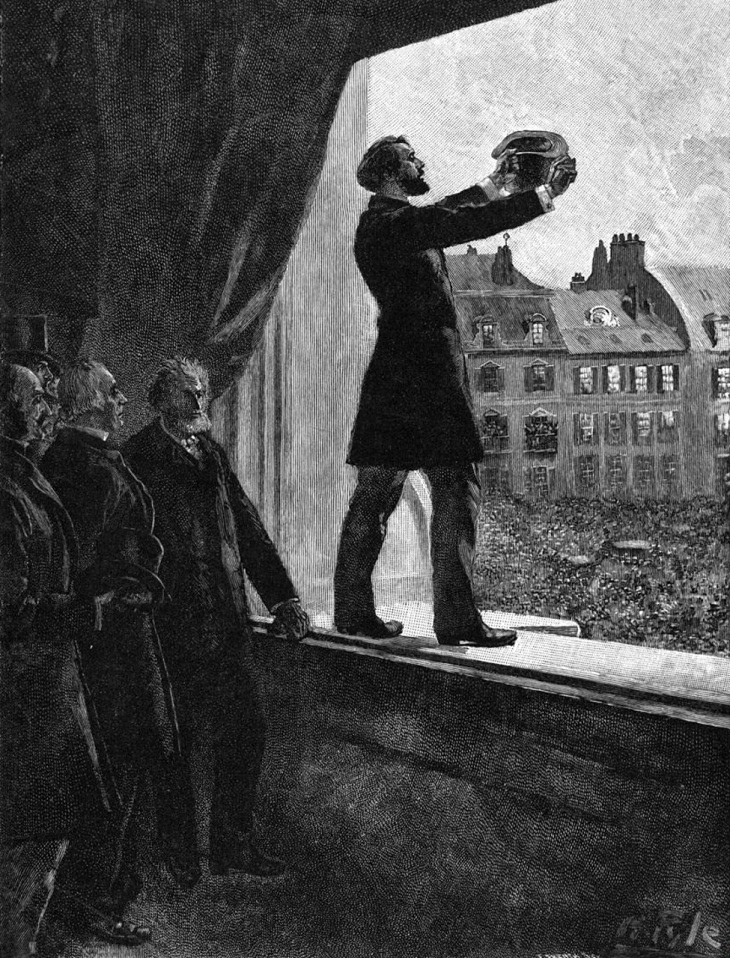
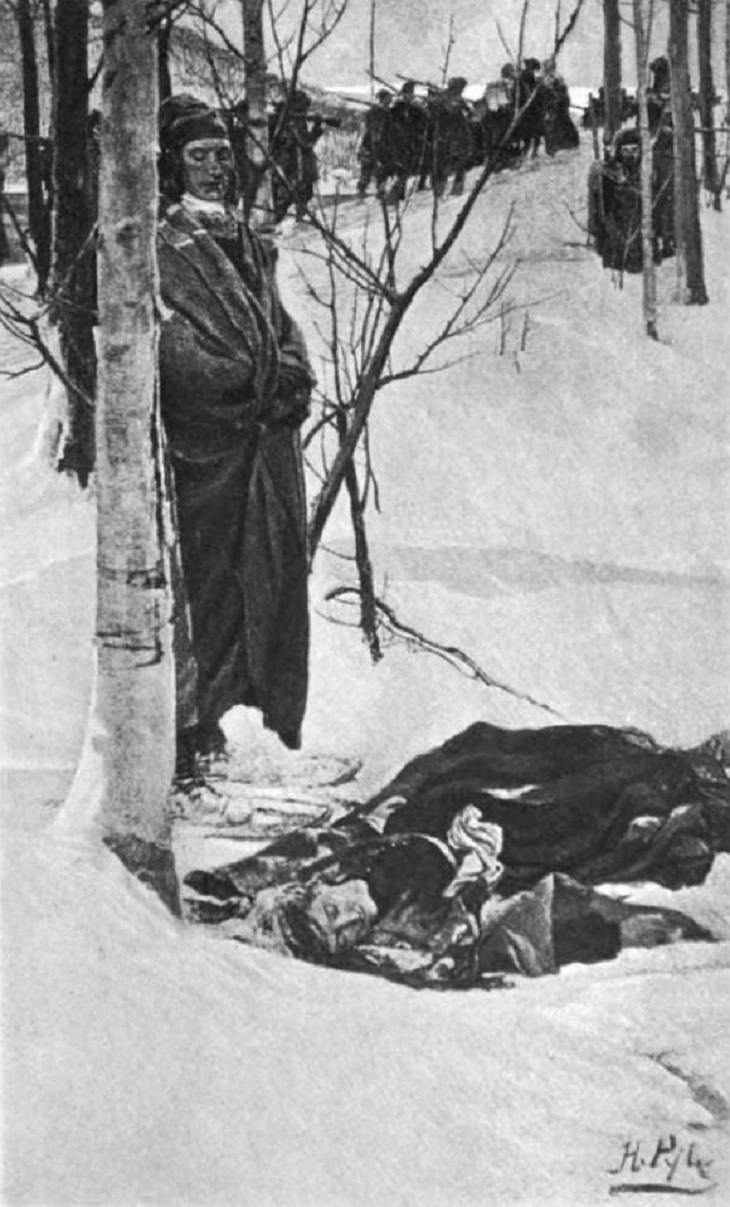

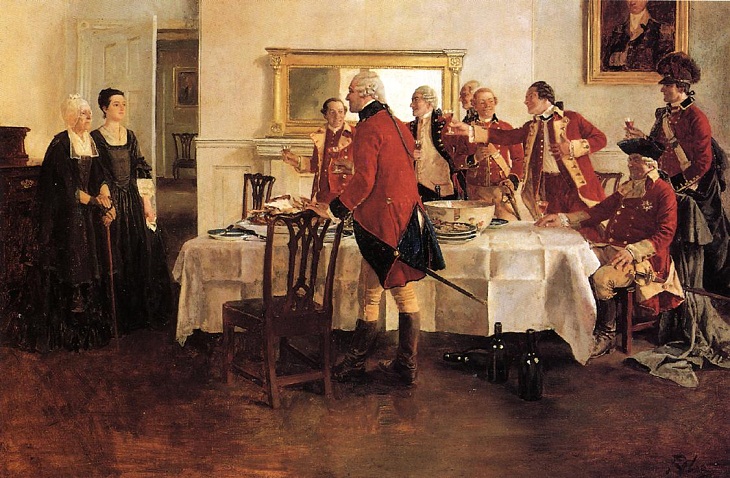
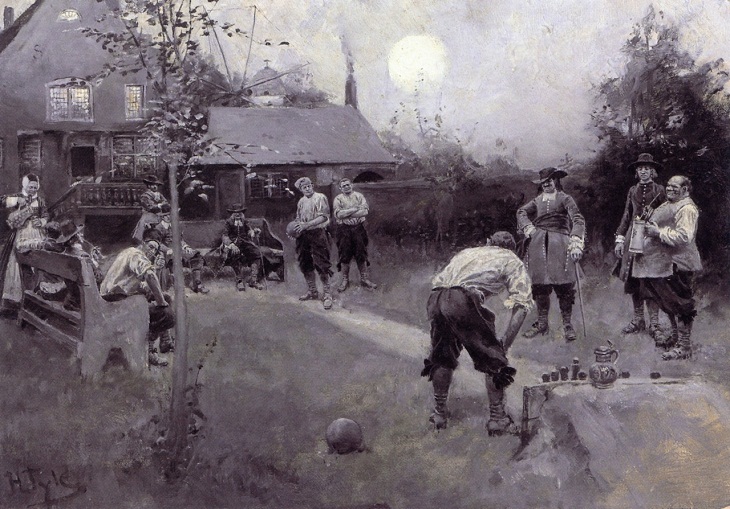
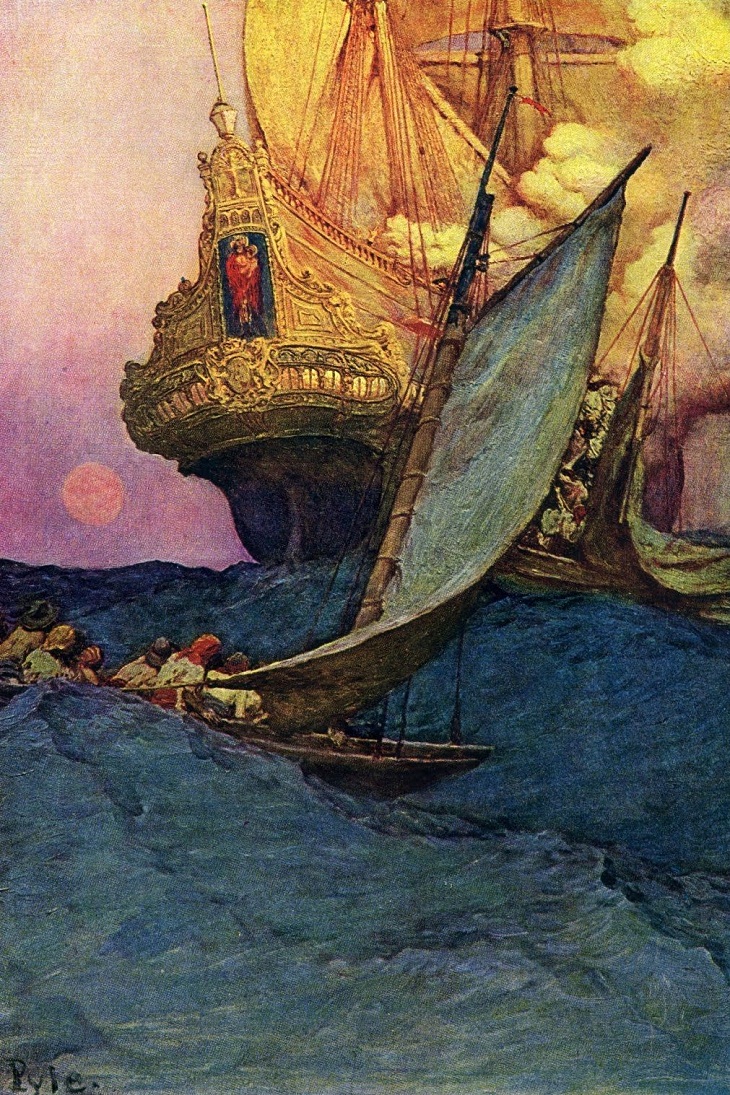
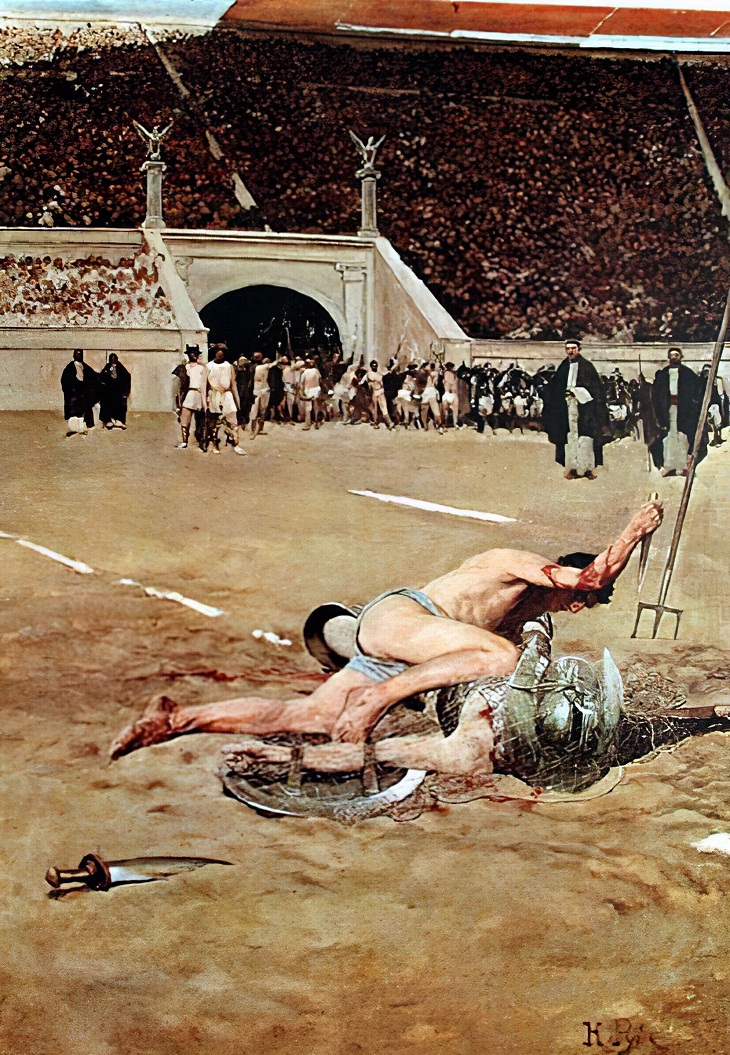
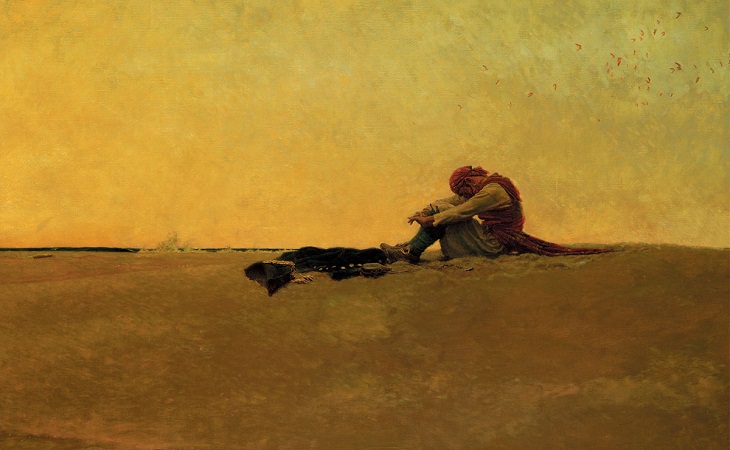
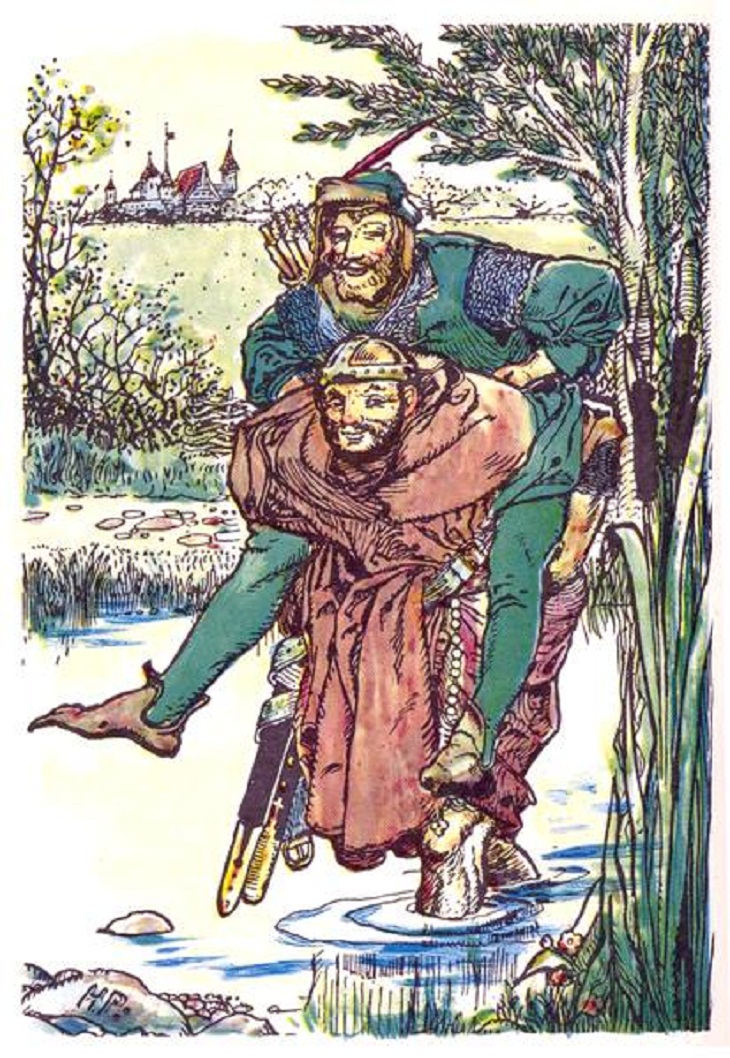
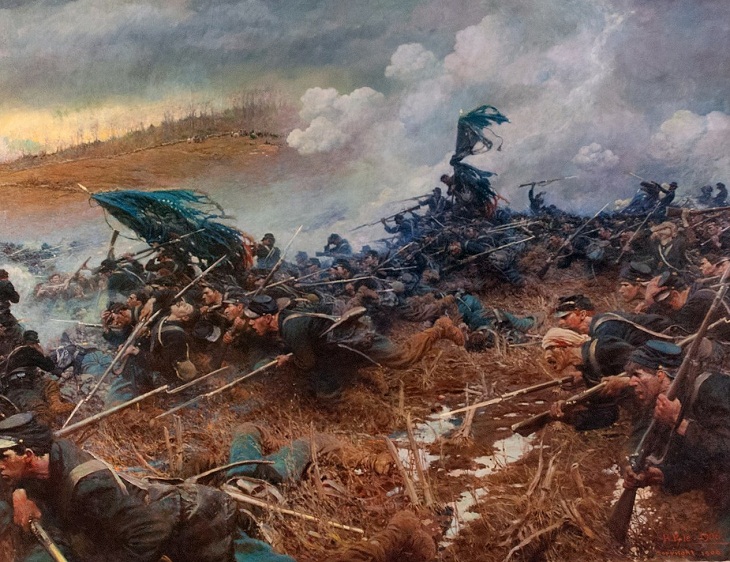
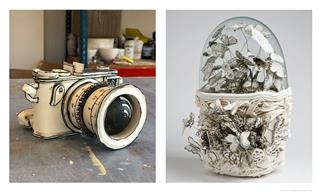
16 Playful Porcelain Figures That Look Like 3-D Drawings
Take a look at the stunning handmade porcelain figures by Katharine Morling.
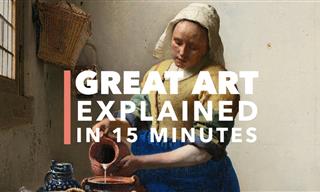 18:48
18:48
Little-Known Facts About The Milkmaid by Johannes Vermeer
The Milkmaid by Johannes Vermeer is one of the most famous paintings of all time. Here are some fascinating facts about it.
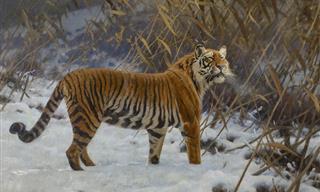
These Paintings of Tigers are Gorgeous and Majestic
Tiger paintings have been a prominent subject in art history, spanning centuries and cultures. Here are some of history's best tiger art.

Fun, Creative, and Wacky Shadow Doodles by Vincent Bal
Artist Vincent Bal transforms shadows of everyday objects into ingenious illustrations.

These Landscape Paintings by Thomas Cole Are Like a Dream!
A look at some of the most gorgeous paintings by Thomas Cole, widely regarded as the father of American landscape.
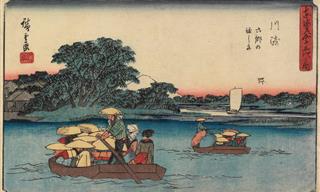
Hiroshige Is One Classic Japanese Artist You Must Know!
Immerse yourself into 19th-century Japanese culture through the magnificent prints of Hiroshige, the last great master of the famous ukiyo-e art tradition.
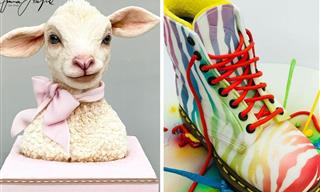
15 Cakes That Are Too Gorgeous to Eat
In the right hands, an ordinary cake can become a real work of art. Marvel at these 15 incredibly-realistic cakes by the UK-based baker - Emma Jayne.

Look Closer! These Nature Pictures Are Not What They Seem
The impeccable detail found in these masterpieces make this artist's paintings look more like photographs than works of art.

This Artist takes Generic Photos & Spices them with Doodles
When generic photos meet a creative illustrator, everything is possible...
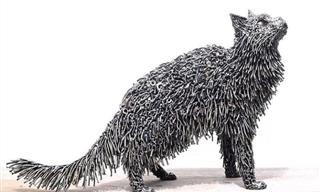
In the Right Hands, Rusty Cutlery Can Turn Into ART!
This self-taught artist uses exclusively scrap metal and welds it into detailed and lifelike sculptures of animals and people.
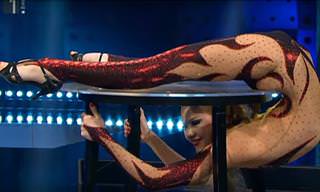 2:54
2:54
Have You Ever Seen a Performer as Flexible as This?
How on Earth can anyone bend their body like this? I can't decide if it's beautiful to watch of painful to think about. How about you?
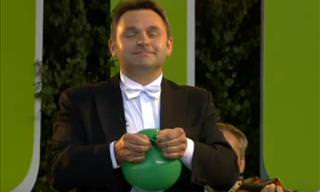 3:29
3:29
Hilarious: So This Is How Musicians Impress Women!
I have never laughed so hard at a purportedly 'classical music' concert before.
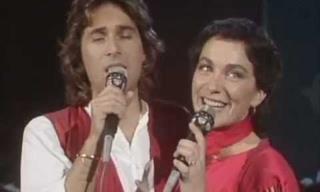
MUSIC BOX: Enjoy 24 Beautiful Italian Ballads!
We have collected for you 24 beautiful and especially relaxing Italian ballads of all time
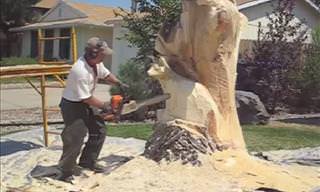 2:22
2:22
This Man Took an Ordinary Tree Stump and Transformed It...
This simple stump will transform in front of your eyes into beautiful art. This has got to be seen to be believed!
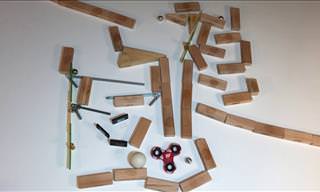 3:45
3:45
WATCH: This Synchronized Reaction Is Mesmerizing
DoodleChaos is a remarkable channel, but this video in particular caught my eye. Watch this marble reaction that's synchronized to Tchaikovsky.
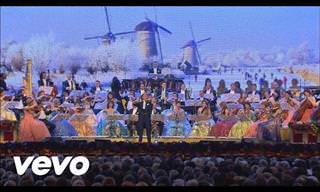 7:26
7:26
Listen to a Beautiful Waltz By the Amazing André Rieu
André Rieu and the Johann Strauss Orchestra are famous around the world for their beautiful performances, and this one is no exception. Enjoy it now.
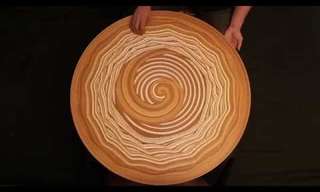 5:21
5:21
You Won't Believe What This Guy Does with a Potter's Wheel
Mikhail Sadovnikov transforms his potter's wheel into a canvas of incredible hypnotic designs in real-time.

This Artist Creates Paper Art That is Truly Breathtaking
Russian artist Yulia Broadskaya is an expert at quilling. Her work has been commissioned by a number of big brands. Here's a sample of some of her amazing work.
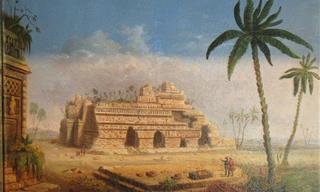
This Forgotten American Painter’s Works Are So Majestic!
Robert Seldon Duncanson was a 19th-century landscape artist whose enchanting paintings will soothe your soul.

These Beautiful Pets Are Painted on a Surprising Canvas
These realistic pet portraits will knock you over with a feather!
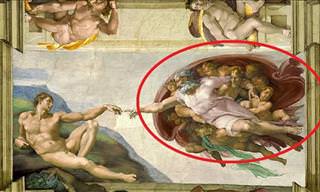
Discover the Secrets Behind 7 of the Most Famous Paintings
The greatest painters in history have some amazing secrets hidden in their famous works that are fascinating to discover...
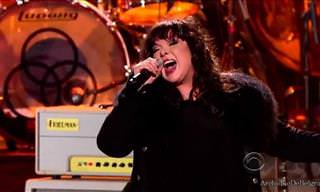 6:11
6:11
This Famous Musician Cries at This Version of His Song
What is it like seeing your song perfomed so beautifully after 44 years? Robert Plant now knows. Listen to this incredible version of Stairway to Heaven with a full choir.
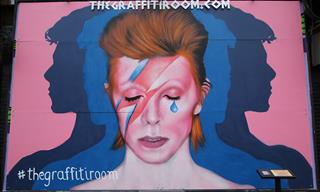
The Greatest Hits of the Unforgettable David Bowie
David Bowie was an undisputed master of reinvention and one of the 20th century's great musicians. Enjoy his most memorable hits on this playlist
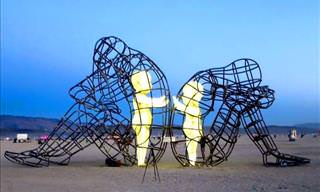
20 Modern Sculptures That Prove High Art Is Alive and Well
Here are some of the world's most notable examples of modern sculpture. These awesome designs should be in every city!

The Hidden Stories Behind Rembrandt's Greatest Works
Feast your eyes on 10 of the Dutch painter, Rembrandt's greatest works ever. The majority of his paintings depict exceptional realism, and he is widely regarded as one of the greatest self-portrait artists who ever lived.
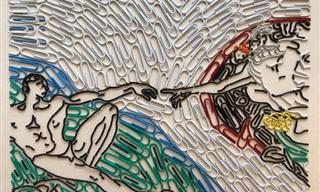
Artist Uses Paperclips and Candy to Recreate Famous Art
It’s breathtaking how this artist captures the unique mood and style of these iconic artworks using found objects like Tic Tacs and cereal!
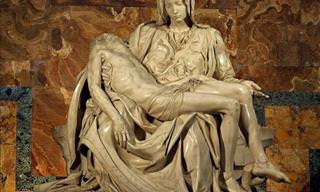
Only Michelangelo Can Turn Marble into a Masterpiece
There's no task quite as painstaking as sculpting an image that can come to life. These are some statues created by the genius Michelangelo
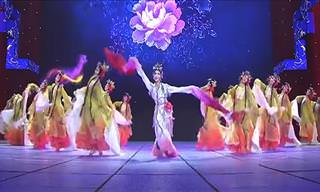 3:46
3:46
This Traditional Chinese Dance Will Leave You in Awe!
If there's one thing that the Chinese know how to do, it's dancing. Check out this fantastic traditional Chinese dance.

She Uses Her Fingers to Create Realistic, Beautiful Art...
This artist uses a unique method to create stunning, icy landscapes
 1:57:35
1:57:35
Full Length Concert: The Most Magical Classical Gala!
The most incredible classical gala full concert
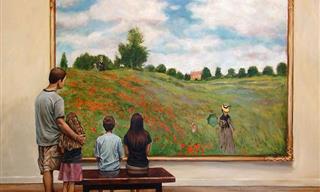
These Realistic Paintings Open Up a World of Beauty
American artist Harry McCormick captures the beauty of interior scenes with his striking realist paintings.
 25:20
25:20
Is This Really How These Famous People Talked?
Mimicking an accent can be difficult. Watch this expert analyze 17 actors who played real-life characters. Did they nail it or not?
 2:03
2:03
Wow! This is One of the Best Acrobat Acts You'll Ever See!
When you go and watch Le Cirque Mandingue (The Mandingue Circus), you just know that you’re going to be in for a real treat. Get a taste here!
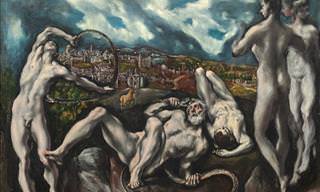
Feast Your Eyes on Ten Great Paintings by El Greco
El Greco was a great painter of religious subjects, portraiture, and landscapes. Here are 10 of his best paintings.
 5:27
5:27
André Rieu Joins Forces With ABBA to Amaze and Delight You
What do you get when you join Abba and one of the best classical musicians? A darn good show!
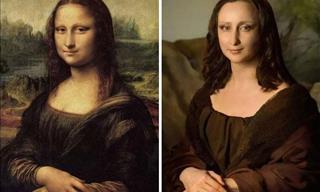
20 Hilarious Recreations of Famous Paintings
The Getty Museum challenge contiures - 20 more submissions of people recreating their favourite masterpieces at home with hilarious results.
 4:33
4:33
This Domino is Like One Huge Rube Goldberg Machine
This domino structure and knockdown is a an art for the ages.
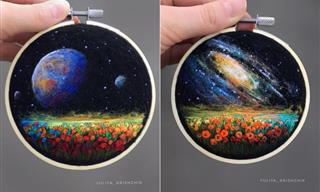
The Wonders of Nature and Space Combined in Stunning Art
These realistic embroideries are like a little window into a parallel universe!
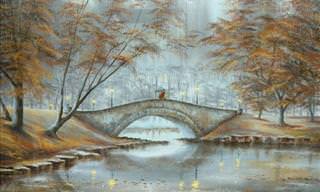
A Romantic Rainy Day By Jeff Rowland's Lovely Paintings...
Jeff Rowland's paintings are captivating, filled with mystery and romance - take a look at his remarkable work.
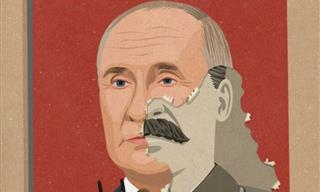
16 thought-provoking illustrations by John Holcroft
Artist John Holcroft creates thought-provoking illustrations with important messages.
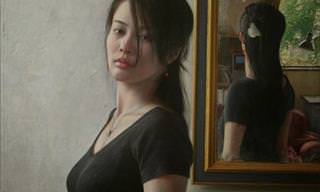
What Detail! You Must See These Stunning Oil Paintings
Check out these stunning, detailed oil paintings by Osamu Obi.

This Italian Painer Adds Color and Magic Wherever She Goes
You're invited to explore the following series of images that will take you on a global journey through streets that have received an extraordinary upgrade...
 3:48
3:48
This is Both a Beautiful Song and a Cultural Icon
The Cielito is far more than just a song - it's actually a cultural icon that's synonymous with Mexico and its performers. Listen to this beautiful song now.
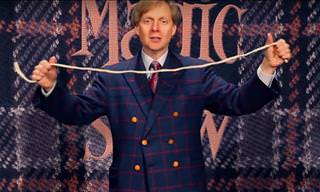 2:12
2:12
This Bizarre Magic Trick Will Really 'String' You Along...
Mac King's magic always gets me. I never have any clue how he can possibly fool me, but he does so time and time again. Encore!
 16:44
16:44
Impress Your Guests by Learning How to Carve Fruit
If you want to learn how to carve fruit into various different shapes and sizes, then check out this awesome video.

These Fish Photos Are Unlike Anything I've Ever Seen
Have you ever seen such stunning fish? This photographer captures the beauty of Siamese fighting fish.
 2:54
2:54
Have You Ever Seen a Performer as Flexible as This?
How on Earth can anyone bend their body like this? I can't decide if it's beautiful to watch of painful to think about. How about you?
 3:29
3:29
Hilarious: So This Is How Musicians Impress Women!
I have never laughed so hard at a purportedly 'classical music' concert before.

MUSIC BOX: Enjoy 24 Beautiful Italian Ballads!
We have collected for you 24 beautiful and especially relaxing Italian ballads of all time
 2:22
2:22
This Man Took an Ordinary Tree Stump and Transformed It...
This simple stump will transform in front of your eyes into beautiful art. This has got to be seen to be believed!
 3:45
3:45
WATCH: This Synchronized Reaction Is Mesmerizing
DoodleChaos is a remarkable channel, but this video in particular caught my eye. Watch this marble reaction that's synchronized to Tchaikovsky.
 7:26
7:26
Listen to a Beautiful Waltz By the Amazing André Rieu
André Rieu and the Johann Strauss Orchestra are famous around the world for their beautiful performances, and this one is no exception. Enjoy it now.
 5:21
5:21
You Won't Believe What This Guy Does with a Potter's Wheel
Mikhail Sadovnikov transforms his potter's wheel into a canvas of incredible hypnotic designs in real-time.

This Artist Creates Paper Art That is Truly Breathtaking
Russian artist Yulia Broadskaya is an expert at quilling. Her work has been commissioned by a number of big brands. Here's a sample of some of her amazing work.

This Forgotten American Painter’s Works Are So Majestic!
Robert Seldon Duncanson was a 19th-century landscape artist whose enchanting paintings will soothe your soul.

These Beautiful Pets Are Painted on a Surprising Canvas
These realistic pet portraits will knock you over with a feather!

Discover the Secrets Behind 7 of the Most Famous Paintings
The greatest painters in history have some amazing secrets hidden in their famous works that are fascinating to discover...
 6:11
6:11
This Famous Musician Cries at This Version of His Song
What is it like seeing your song perfomed so beautifully after 44 years? Robert Plant now knows. Listen to this incredible version of Stairway to Heaven with a full choir.

The Greatest Hits of the Unforgettable David Bowie
David Bowie was an undisputed master of reinvention and one of the 20th century's great musicians. Enjoy his most memorable hits on this playlist

20 Modern Sculptures That Prove High Art Is Alive and Well
Here are some of the world's most notable examples of modern sculpture. These awesome designs should be in every city!

The Hidden Stories Behind Rembrandt's Greatest Works
Feast your eyes on 10 of the Dutch painter, Rembrandt's greatest works ever. The majority of his paintings depict exceptional realism, and he is widely regarded as one of the greatest self-portrait artists who ever lived.

Artist Uses Paperclips and Candy to Recreate Famous Art
It’s breathtaking how this artist captures the unique mood and style of these iconic artworks using found objects like Tic Tacs and cereal!

Only Michelangelo Can Turn Marble into a Masterpiece
There's no task quite as painstaking as sculpting an image that can come to life. These are some statues created by the genius Michelangelo
 3:46
3:46
This Traditional Chinese Dance Will Leave You in Awe!
If there's one thing that the Chinese know how to do, it's dancing. Check out this fantastic traditional Chinese dance.

She Uses Her Fingers to Create Realistic, Beautiful Art...
This artist uses a unique method to create stunning, icy landscapes
 1:57:35
1:57:35
Full Length Concert: The Most Magical Classical Gala!
The most incredible classical gala full concert

These Realistic Paintings Open Up a World of Beauty
American artist Harry McCormick captures the beauty of interior scenes with his striking realist paintings.
 25:20
25:20
Is This Really How These Famous People Talked?
Mimicking an accent can be difficult. Watch this expert analyze 17 actors who played real-life characters. Did they nail it or not?
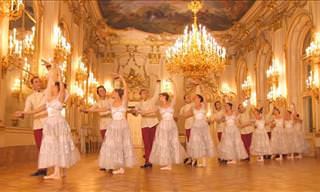 8:29
8:29
André Rieu Reminds Us How Truly Beautiful Waltz Is
Watch yet another astounding André Rieu performance!
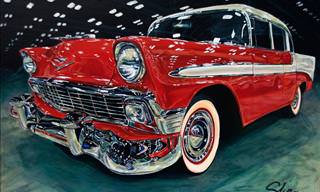
Artist Proves You're Never Too Old to Follow Your Dreams
Take a look at this incredible art collection of classic cars by Shanon Fannin.
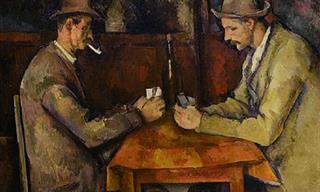
17 Incredible Paintings That Sold For Hundreds of Millions
While many artists were unappreciated in their time, today their works are sold for millions like these highest valued paintings ever sold.
To enable your Ad-Free Subscription, please fill the fields below
Your subscription was successful, now you can enjoy an ad-free experience!!
Note: To make sure you get no ads, please make sure to log in to your account. If you are logged in already, then refresh the page. The subscription can be cancelled at any time.


